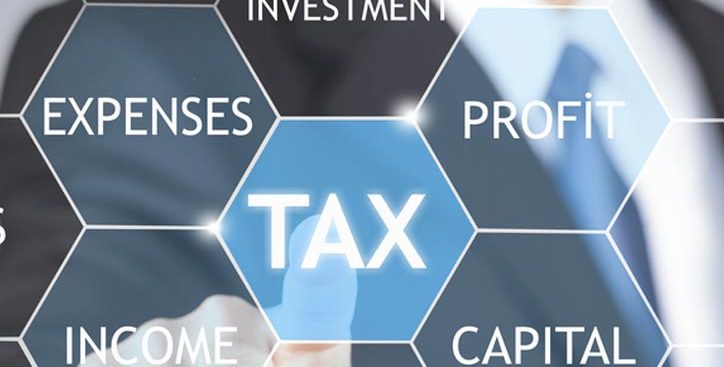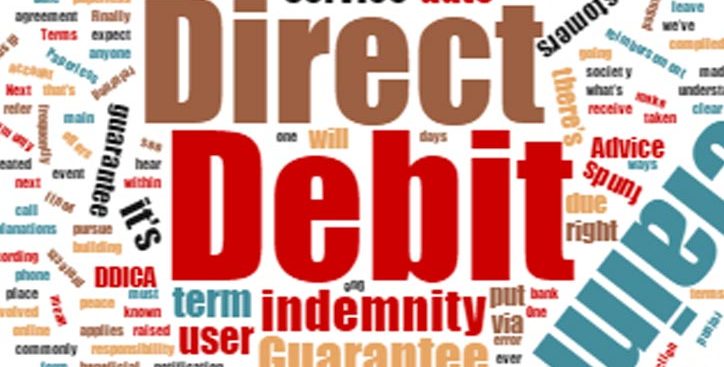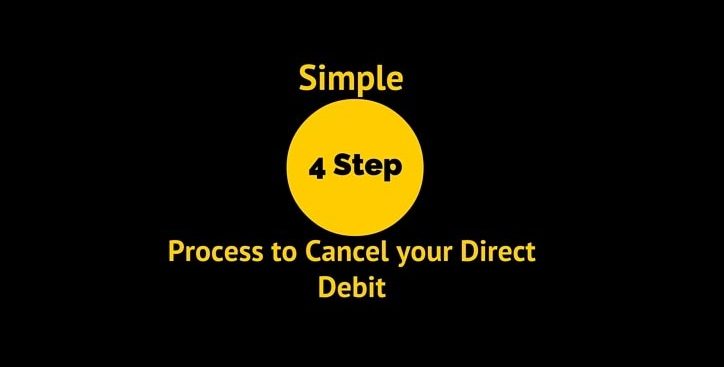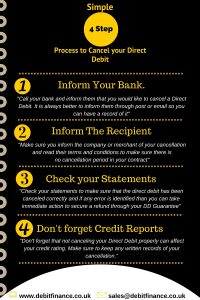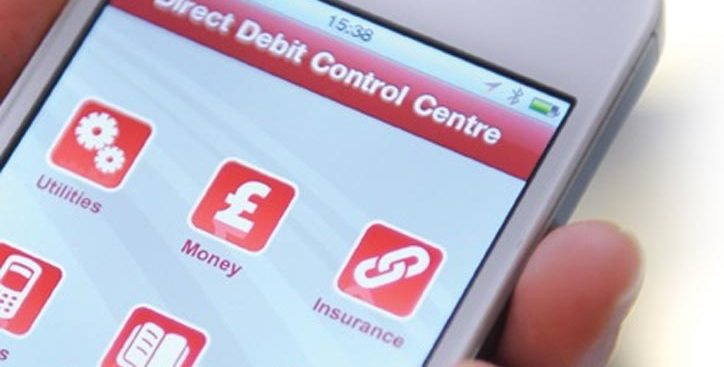If you want to pay a company or an organisation using Direct Debit Collection need to set up your Debit with them directly, and the process is simple. Whether you set your Debit up in writing, in person or over the phone, you’ll need to have a clear record of an agreed date for the Direct Debit payment to be made, as well as a frequency.
The good news is you’ll usually have the freedom to choose the dates your Debits leave your account to suit your lifestyle and finances. For example, many people choose to have their bill payments leave their accounts just after their paydays, so there’s less room for any problem covering the payment.
The easiest way to set up a new Debit is to fill in a Direct Debit Instruction, which you’ll need to get from the business you’ll be paying. Many companies will be able to let you complete this using an online direct debit collection on the company’s website to make things easier, or you can even do this step over the phone. Once the Instruction is completed, the company will forward it on to your bank or building society, and they’ll be authorised to collect the payments straight from your account.
Going forward, if you ever have a problem or think you may fail to cover a payment, it’s best to inform your bank in advance and see what they can do to help. If they wish to make any changes to the way your payments work they’ll need to give you formal notification up to ten working days in advance.
As soon as you enter into a Direct Debt, you’ll be covered by the Direct Debit Guarantee, and any payments taken in error will be refunded immediately by your bank or building society.

